5.3.3: Preserving Biodiversity
- Page ID
- 37321
Learning Objectives
- Describe the legislative framework for conservation, providing and describing examples of national and state laws and international agreements.
- Summarize the role of non-profit organizations in conservation.
- Provide specific examples of species-level conservation and discuss the shortcomings of this approach.
- Explain the importance of protected areas.
- Describe principles preserve design.
- Define ecosystem restoration.
- Provide examples of how citizen science and botanical gardens contribute to conservation efforts.
The field of conservation focuses on preserving biodiversity. Effective conservation depends on ecological knowledge. Today, the main efforts to preserve biodiversity involve legislative approaches to regulate human and corporate behavior, setting aside protected areas, and ecosystem restoration. Additionally, citizen science, botanical gardens, and seed banks are critical to conservation efforts.
Policies
Within many countries there are laws that protect endangered species. For example, the Endangered Species Act (ESA) was enacted in 1973 in the United States. The U.S. Fish and Wildlife Service (FWS), which enforces the ESA, assesses candidates for protected status as threatened or endangered (Figure \(\PageIndex{1}\)). Consideration of candidate species can be initiated by the FWS itself or at the request of the public. Through the Species Status Assessment Framework, the FWS compiles biological data, such habitat and population information and current threats to the species. This biological data is used to inform decisions.
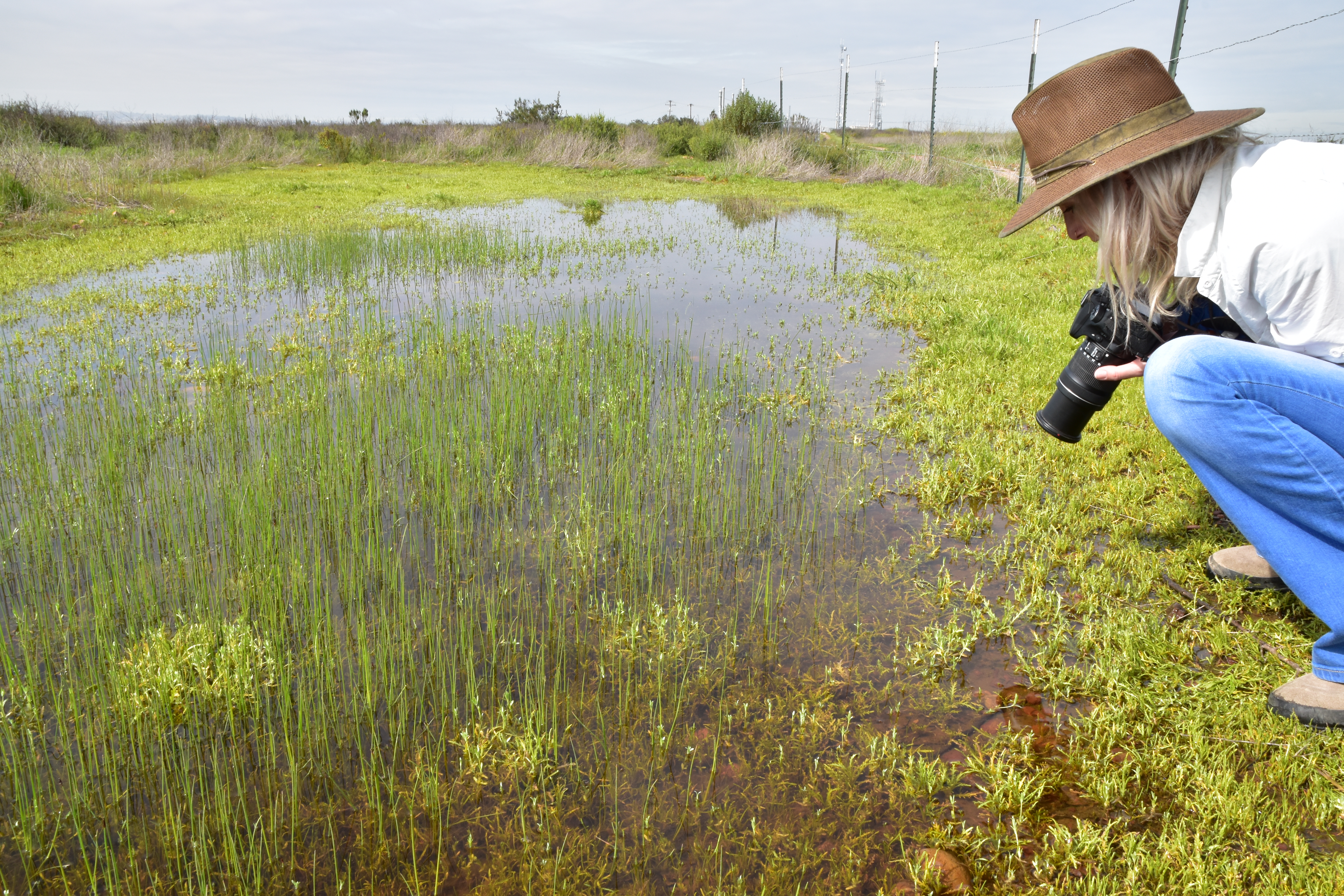
Once a species is listed, the FWS is required by law to develop a management plan to protect the species and bring it back to sustainable numbers. The ESA, and others like it in other countries, is a useful tool, but it suffers because it is often difficult to get a species listed or to get an effective management plan in place once a species is listed.
State laws can also aid in conservation. Through California Endangered Species Act (CESA), originally passed in 1970 and subsequently amended, the California Fish and Game Commission assesses species to be listed as threatened or endangered by the state. A listed species, or any part or product of the plant or animal, may not be imported into the state, exported out of the state, “taken” (killed), possessed, purchased, or sold without proper authorization.
The Convention on International Trade in Endangered Species of Wild Fauna and Flora (CITES) treaty came into force in 1975. The treaty, and the national legislation that supports it, provides a legal framework for preventing listed species from being transported across nations’ borders, thus protecting them from being caught or killed when the purpose involves international trade.
Species can be listed in one of three CITES appendices. Trade is banned for Appendix I species, which are threatened with extinction. For example the trade of the cycad Cycas beddomei, which has medicinal value, is banned by CITES. Trade is regulated for Appendix II species, such the timber from the big-leaf mahogany (Figure \(\PageIndex{2}\)). Appendix III species are protected in at least one country, and the local government needs a coordinated response through CITES. For example, several species of red and pink corals have been added to Appendix III at the request of China.
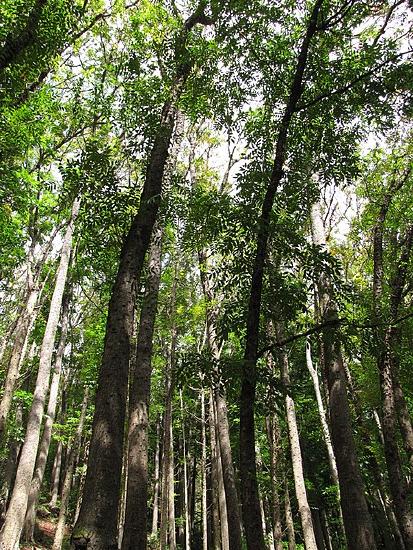
Approximately 35,800 species are protected by the CITES. The treaty is limited in its reach because it only deals with international movement of organisms or their parts. It is also limited by various countries’ ability or willingness to enforce the treaty and supporting legislation.
Non-profit Organizations
The private non-profit sector plays a large role in the conservation effort both in North America and around the world. Some non-profit organizations are directed at specific groups of organisms, like the Orchid Conservation Coalition. Others are broadly focused, such as the International Union for Conservation of Nature (IUCN), which categorizes species based on extinction risk and maintains this information on the Red List. The Nature Conservancy (Figure \(\PageIndex{3}\)) takes a novel approach. It purchases land and protects it in an attempt to set up preserves for ecosystems.
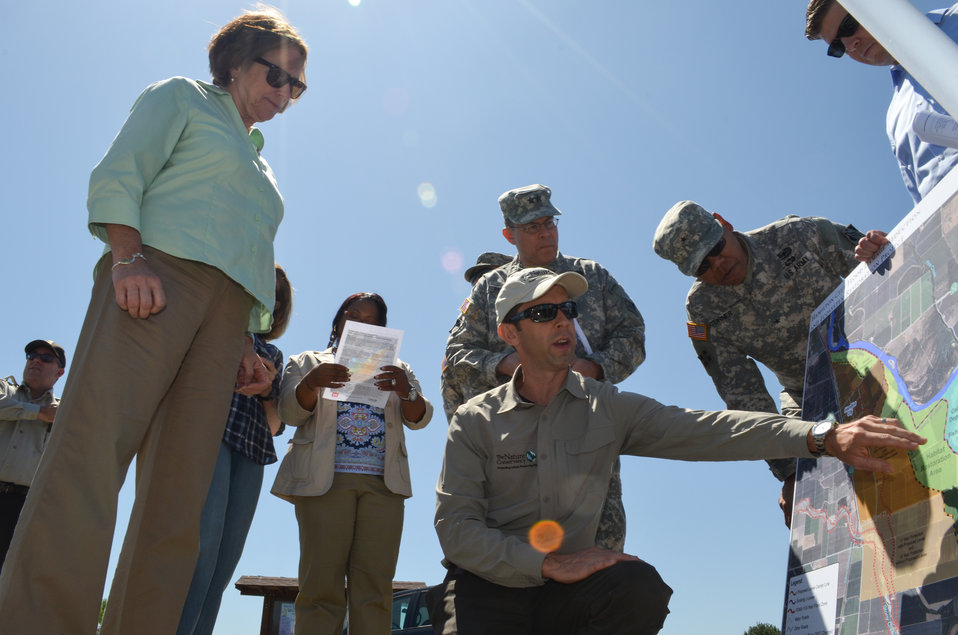
Species-level Conservation
Some conservation efforts center around a single species. Often this is a charismatic animal that elicits public interest, such tigers, sea otter, or the California Condor. The specific approach depends on specific threats based by the species of focus. A common strategy is to propagate rare plants and reintroduce them to locations where they were extirpated (went locally extinct). Protecting or restoring habitat is another component of the conservation of rare plant species. For example, removal of the invasive iceplant Carpobrotus edulis from California coasts, restores conditions for endangered dune vegetation (Figure \(\PageIndex{4}\)-6).

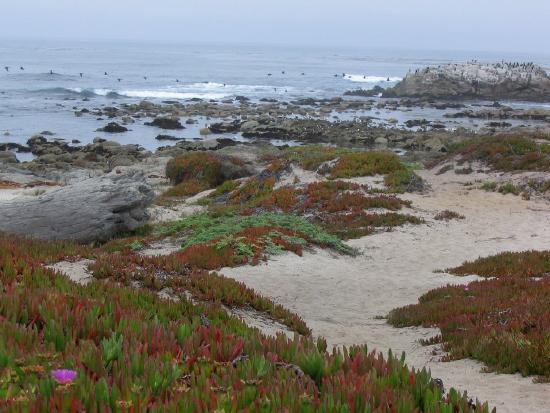

Seemingly unimpressive species can still serve vital ecological roles, but they are often overlooked in conservation efforts. In fact, a 2007 study by Colléony and colleagues found that people more often donated to conservation efforts for species that were more similar to humans rather than choosing those that were at greatest risk of extinction. Broad approaches such as establishing protected areas and ecosystem restoration benefit charismatic and non-charismatic species alike. Additionally, broad approaches protect unidentified and species that have not been assessed.
Protected Areas
It is important to protect natural areas (Figure \(\PageIndex{7}\)) for several reasons. Some people feel a cultural or spiritual connection to the wilderness. Every year, millions of people visit recreational lands such as parks and wilderness areas to experience attractions of the great outdoors: hiking among the giant sequoias in California, traveling on a photo safari in Kenya or just picnicking at a local county park. Besides providing people with obvious health benefits and aesthetic pleasures, recreational lands also generate considerable tourist money for government and local economies. Outdoor recreation activities such as hiking and camping benefit tourist industries and manufacturers of outdoor clothes and equipment.
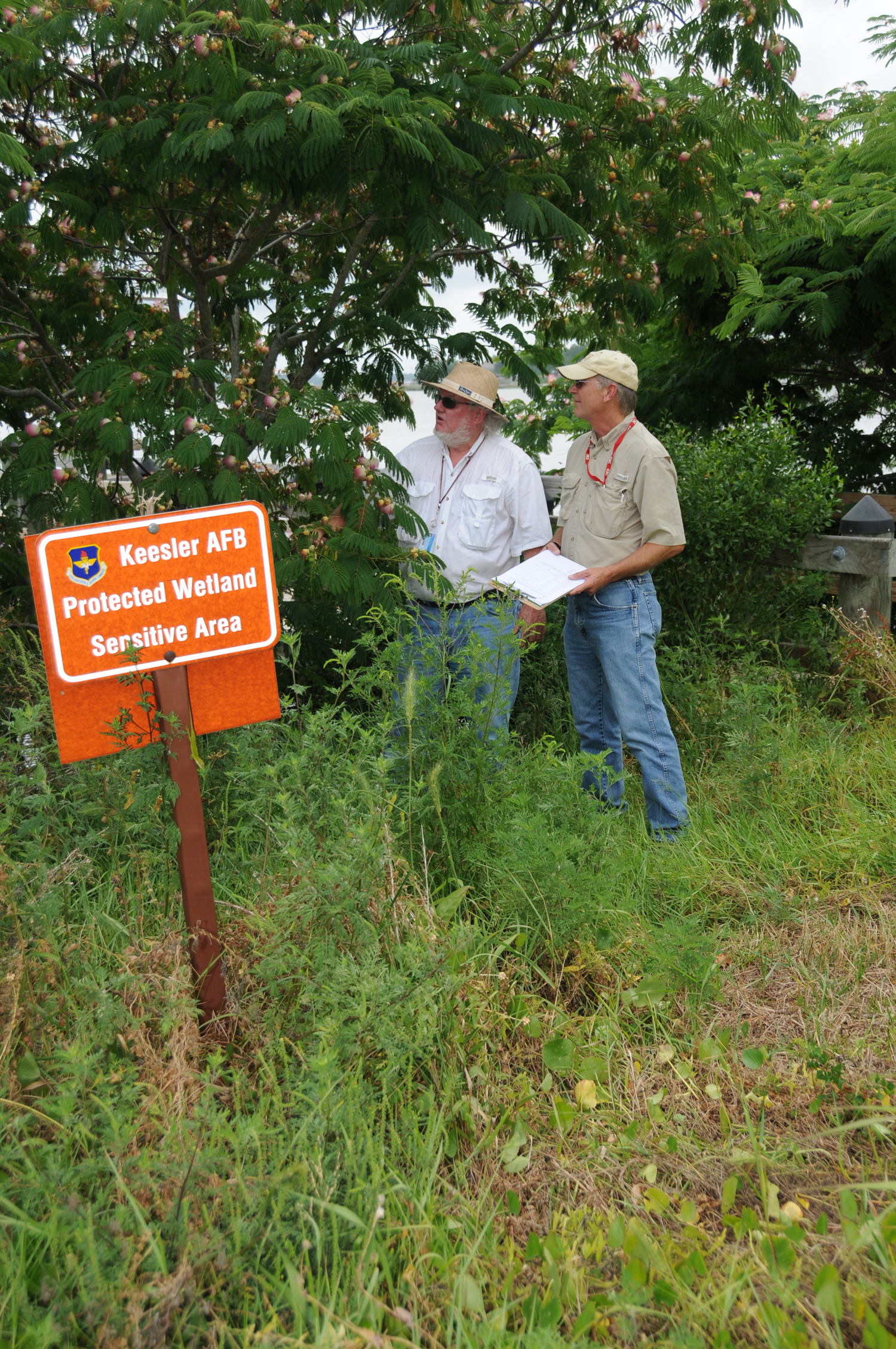
Establishment of preserves is one of the key tools in conservation efforts. A preserve is an area of land set aside with varying degrees of protection for the organisms that exist within the boundaries of the preserve. Governments or private organizations establish nature preserves. In 2016, the IUCN estimated that 14.7 percent of Earth’s land surface was covered by preserves of various kinds. This area is large, but only 20% of the key biodiversity areas identified by the IUCN were sufficiently protected.
There has been extensive research into optimal preserve designs for maintaining biodiversity. Preserves can be seen as “islands” of habitat within “an ocean” of non-habitat. In general, large preserves are better because they support more species, they have more core area of optimal habitat for individual species, and they have more niches to support more species. One large preserve is better than the same area of several smaller preserves because there is more core habitat unaffected by less hospitable ecosystems outside the preserve boundary. For this same reason, preserves in the shape of a square or circle will be better than a preserve with many thin “arms.” If preserves must be smaller, then providing wildlife corridors between two preserves is important so that species and their genes can move between them. All of these factors are taken into consideration when planning the nature of a preserve before the land is set aside. In addition to the physical specifications of a preserve, there are a variety of regulations related to the use of a preserve. These can include anything from timber extraction, mineral extraction, regulated hunting, human habitation, and nondestructive human recreation.
Public lands differ in their level of protection. For example, national parks and forests allow camping whereas wildlife refuges place more limitations on human activities. Wilderness areas, comprise ecosystems in which human activity has not significantly affected the plant and animal populations or their environment. National parks and forests and wildlife refuges can contain wilderness areas. The National Park System consists of more than 80 million acres nationwide. Their mission is to "preserve unimpaired the natural & cultural resources & values of the national park system for the enjoyment, education, and inspiration of this & future generations". Science, conservation, and outreach are a big part of the National Park (Figure \(\PageIndex{8}\)).

The California State Park System manages more than one million acres of parklands including: coastal wetlands, estuaries, scenic coastlines, lakes, mountains and desert areas. The National Forest System manages more than 170 forestlands and grasslands, which are available for activities such as camping, fishing, hiking and hunting. The Coronado National Forest in Arizona is famous for "sky islands", or steep mountain ranges surrounded by low-lying areas. The dramatic increase in elevation is associated with changes in the flora and fauna (figure \(\PageIndex{9}\)). Explore national forests using this interactive map. The U.S. Fish and Wildlife Service manage more than 500 national wildlife refuges, which not only protect animal habitats and breeding areas but also provide recreational facilities.

Ecosystem Restoration
Ecosystem restoration is the process of bringing an area back to its natural state, before it was impacted through destructive human activities. Reintroducing wolves, a top predator, to Yellowstone National Park in 1995 led to dramatic changes in the ecosystem that increased biodiversity. The wolves (figure \(\PageIndex{10}\)) function to suppress elk and coyote populations and provide more abundant resources to the detritivores. Reducing elk populations has allowed revegetation of riparian areas (those along the banks of a stream or river), which has increased the diversity of species in that ecosystem. In this ecosystem, the wolf is a keystone species, meaning a species that is instrumental in maintaining diversity within an ecosystem.
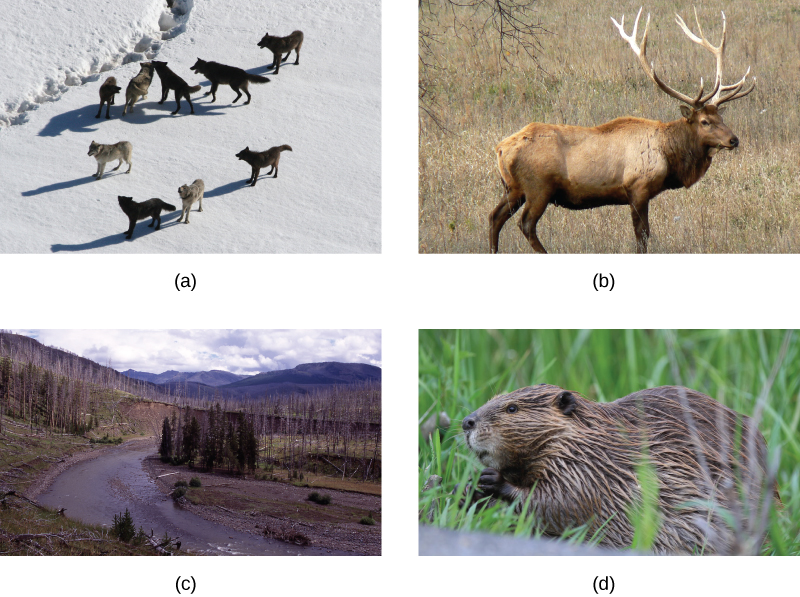
Citizen Science
Citizen science, research conducted by laypeople (non-scientists), provides the opportunity to be directly involved in biological conservation efforts. In other words, it is scientific research that engages the public. For some opportunities, like the Flora of the California Floristic Province, data can be collected independently and submitted online. Others, like mapping the urban heat island effect (the phenomenon of higher temperatures in cities than surrounding areas), are scheduled events in which experts train a group of volunteers to collect data. The federal government's citizen science database lists many such opportunities.
Botanical Gardens
Botanical gardens maintain live specimens of a variety of plant species, including those facing extinction (Figure \(\PageIndex{11}\)). Some botanical gardens have programs to research the cultivation, ecology, and disease prevention of rare species. Additionally, they emphasize the value of preserving biodiversity to the public and provide education on conservation efforts.

Supplemental Reading
America's Public Lands Explained. 2016. U.S. Department of the Interior.
References
Colleony, Agathe, Susan Clayton, Denis Couvet, Michel Saint Jalme, and Anne-Caroline Prevot. (2017). Human preferences for species conservation: Animal charisma trumps endangered status. Biological Conservation. 206. 263-269. DOI
Attributions
Curated and authored by Melissa Ha using the following sources:
- 5 Conservation & Biodiversity and 5.5 Preserving Biodiversity from Environmental Biology by Matthew R. Fisher (CC-BY)
- 47.4 Preserving Biodiversity from Biology 2e by OpenStax (licensed CC-BY). Access for free at openstax.org.
- 12 Biological and 15 Land from AP Environmental Science by University of California College Prep, University of California (CC-BY). Download for free at CNX.
- Threatened and Endangered Species by California Department of Fish and Wildlife (public domain)


